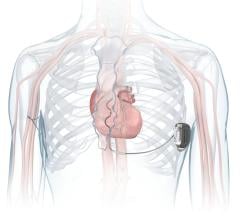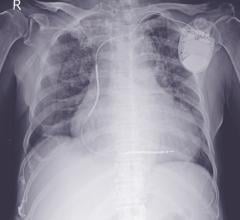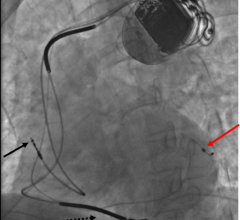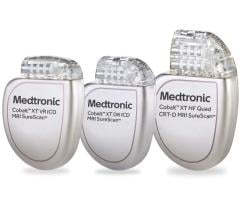May 21, 2008 - The Heart Rhythm Society and the Pediatric Congenital Electrophysiology Society (PACES) have released the first training guidelines (PDF, 108K) for physician knowledge and experience for treating this unique patient population. The statement was released today at Heart Rhythm 2008, the Heart Rhythm Society’s 29th Annual Scientific Sessions.
As devices such as pacemakers, implantable cardioverter defibrillators (ICDs) and cardiac resynchronization therapy (CRT) devices become more advanced, these life-saving therapies are being used more frequently in pediatric and congenital heart patients.
The Heart Rhythm Society and PACES developed a task force comprised of adult and pediatric cardiologists as well as adult and pediatric surgeons to prepare the Heart Rhythm Society/PACES Clinical Competency Statement: Training pathways for implantation of cardioverter-defibrillators and cardiac resynchronization therapy devices in pediatric and congenital heart patients. The task force assessed implant volumes and physician background in 49 pediatric programs that implant pacemakers, ICDs and CRT devices, and these findings serve as a framework for the new recommendations.
“Healthcare teams involved in the care of these patients should have proper knowledge and expertise surrounding implantation indications, techniques, programming and follow-up of these devices, as well as the non-technical issues relevant to children,” said the statement’s lead author J. Philip Saul, MD, Professor and Chief of Pediatric Cardiology at the Medical University of South Carolina. “This statement complements prior training guidelines and also establishes new criteria for ICD and CRT implantation in pediatric patients as well as adults with congenital heart disease.”
For more information: www.hrsonline.org

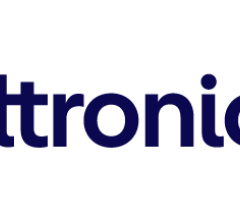
 September 05, 2024
September 05, 2024 

